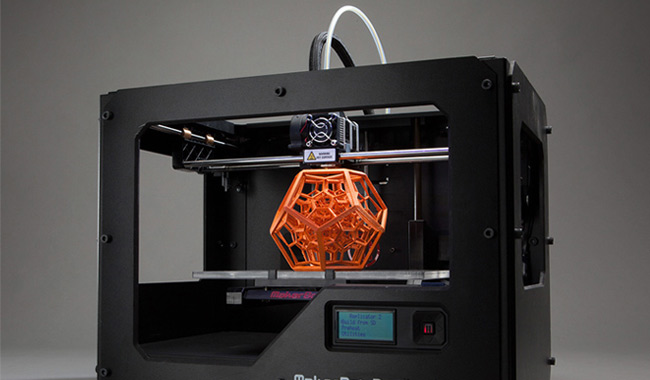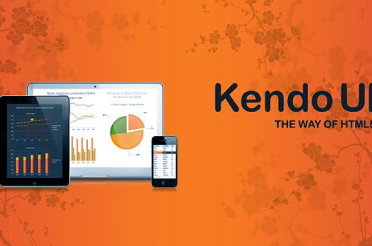The idea of 3D printing has been going around for ages. Year after year new improvements seem to be emerging. And every single time, inventors become more sophisticated, while their inventions receive more quality and value. Admittedly, 3D technology is in its infancy because of the slow progress but it is definitely coming to the front more rapidly than ever. The potential to evolve completely is now tremendous.
Some of the earliest experiments with 3D printing in a “primitive” form date back to 1960’s. Yet, it took about two decades until pioneers like Scott Crump (founder of Stratasys) and Charles Hull (founder of 3D Systems) managed to shape gimmicks which are now widely recognized as 3D printing technologies. Nevertheless, history speaks that this type of technologies hasn’t been successful enough in terms of manufacturing capabilities and cost-efficiency of high volumes of end-products. This is about to take a totally different turn in the 21st century. Expectations are running high, next generation manufacturing is being applied in a number of sectors and modern-day printing solutions are already approaching the market. When will the “infancy” become “adultery” though? Has the time already come? Will 3D inherit the destiny of computers and transform from something that is too big, inconvenient and available in a limited quantity to something we use every single day?
What is 3D Printing

3D printing (3DP) is also called additive manufacturing. It includes a range of processes for creating a three-dimensional physical product based on a 3D digital model or other electronic data source. The objects produced of layers of material can be of nearly any geometry and shape. As the title suggests, typically, 3D utilizes layer-upon-layer approach for printing solid objects. This and other methodologies make 3D printing technology a candidate for disruptive innovation.
Benefits and Value of 3D Printing
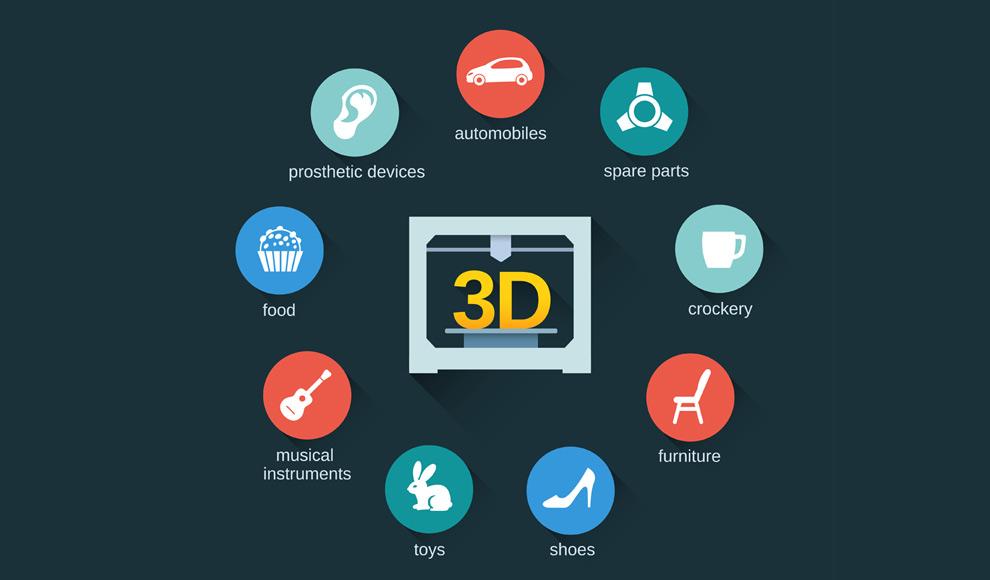
As already underlined, concepts of 3D printing occurred as far back as the 60’s, but the first legitimate 3D printing technologies were born in the 80’s. At that time their functions and processes were known as Rapid Prototyping (RP) because they were initially used for producing models and prototypes only. But the path 3D printing is on today is quite different. The mainly prototyping role is diminishing and being replaced by more prolific one –creating end-use products which are not only fully developed but user-friendly as well.
Imagine the quality of products. Think of the quick production as well. Manufacturing will be boosted because goods will be made in a matter of hours. Stock may even become cheaper as we will pay less for manual labour. Compared to traditional manufacturing, 3D printing will reduce waste and will increase sustainability. What is more the innovative 3D technology will give manufacturers the ability to experiment with number of complex structures and shapes. And since new design levels will be opened up, creating bespoke and most extraordinary products will be as easy as dreaming about them. The world will become a place of endless opportunities not only for consumers but for entrepreneurs and businesses too. If 3D printing shops transform into a trend that floods the market, once buyers step inside, they will have the chance to get something personalised that entirely matches their taste.
Fields like healthcare, automotive, aerospace, retail and sports are now all empowered by 3D printing the advantages of which are innumerable.
5 Industries Reveal the Constructive Power of 3D Printing
Unsurprisingly there is an impressive number of sectors which are actively applying 3D printing solutions to simultaneously reinforce their manufacturing strategies, overall business schemas and design.
- Healthcare and Medical Industry
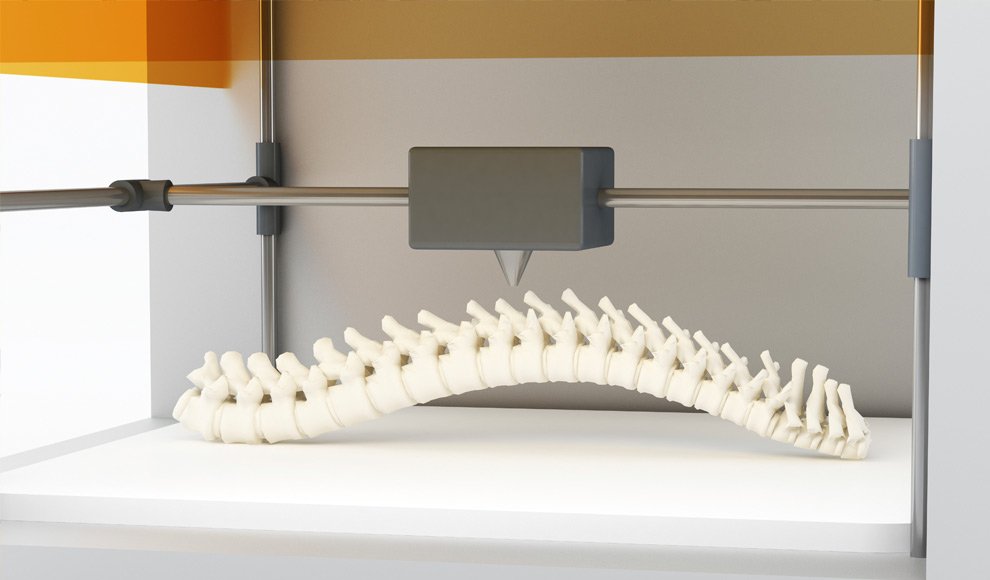
3D printing has an impact on the medical industry and healthcare. One of the biggest opportunities brought to this particular sector is the ability to yield medical solutions which are personalized and strictly answer to the needs of the patient. Tailored parts are usually very expensive and they require too much time to be designed and built up from scratch. Yet, with 3D printers and, specifically, with 3D imaging procedures this becomes more feasible and practical. For instance, earlier this year L’Oreal USA announced research partnership with 3-D bioprinting company Organovo Holdings, Inc. which aimed to create 3-D printed skin tissue that can be used for product evaluation and testing. Despite the reservations, the number of people and animals that received 3D printed prosthetics is also increasing. Bearing that in mind, we might be close to a reality in which 3D printers are possible to be perceived as means of humans’ organ reproduction and replacement. Still though, there are a lot of hindrances to be overcome.
- Automotive Industry
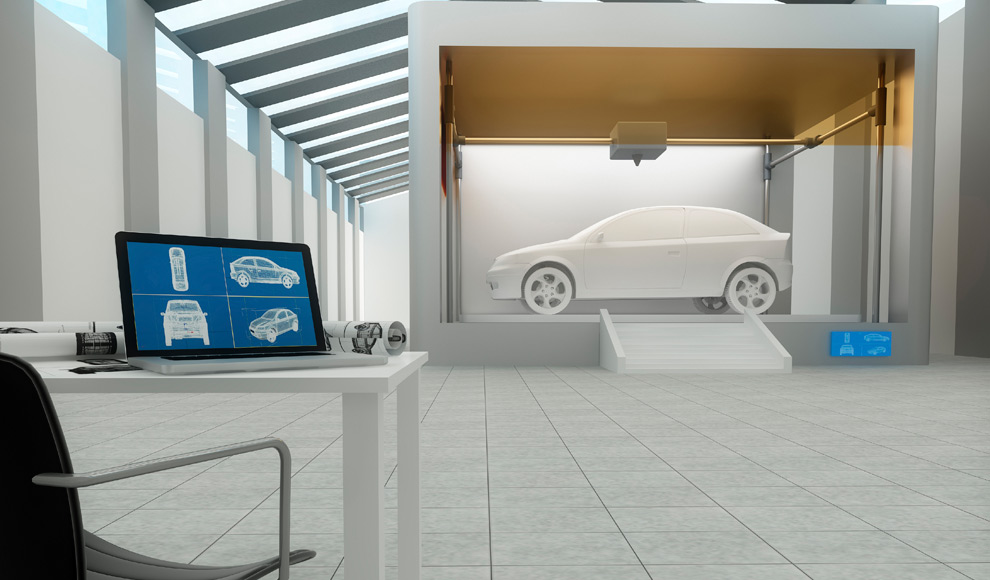
This field has also benefited from 3D printing on a number of occasions. Last year at SEMA the world saw the live-printing of the first 3D-printed car by Local Motors. A few months later and we got the road ready 3D version of it dubbed LM3D. The model is expected to be seen on the highway by 2017. 3D printing is also used to produce components and parts for automobiles, tools and largely for quicker product development life cycle along with rapid prototyping, shape, form and fitting.
- Aerospace
This industry has seen and is seeing major expansions and, therefore, demands innovative approaches which can push forward its advancement. Thanks to 3D, aerospace engineering is given the chance to be improved by lighter, stronger and easy to be assembled parts. What is more, unlike conventional manufacturing techniques, 3D printing will allow for the production of parts of complex and untraditional geometry and form. In addition, materials’ properties like mass, solidity, stiffness and others can be maintained, reviewed and controlled with minimum efforts and difficulty. Above all, 3D printing will help astronauts overcome supply issues. Think of them when they are on a mission and need to fix or replace a piece of equipment. In order to do it, they rely on cargo resupply missions from Earth which very often take weeks and sometimes even months. In their try to facilitate the whole process then, NASA took advantage of the abilities of 3D printing and sent the first 3D printer to the International Space Station. In relation to this Niki Werkheiser, 3-D Print project manager in Marshall’s Technology Development & Transfer Office, commented that “the technology to produce parts on demand in space offers unique design options that aren’t possible through traditional manufacturing methods, while offering cost-effective, high-precision manufacturing. Additive manufacturing limits the need to stockpile parts and may alleviate a lot of structural and geometrical constraints caused by launch loads and vehicle stowage requirements.”
- Retail
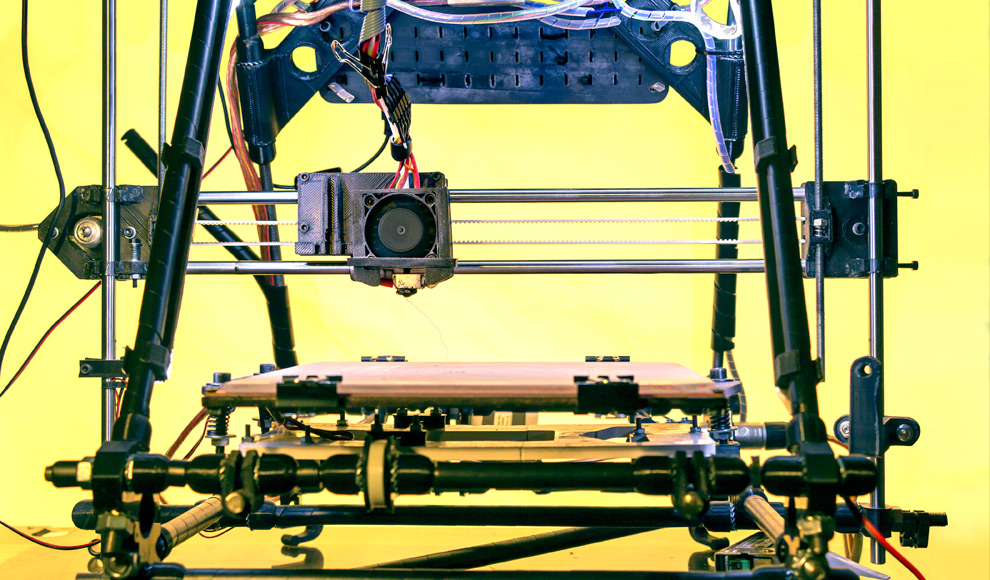
3D print is able to change how we buy, how we think about which products are good and desirable and which are not, and it gives infinite level of customization and personalization. This type of printers and printing can deliver custom merchandise and personal items – toys, jewelries, clothes, home decorations and other things we use in our everydayness. Creativity and workmanship will be taken to another level.
- Sports
The way we experience moments and situations, the way we live and perform and have fun will be affected by 3D print as it is merging towards the sports industry too. In consequence, the end-user can receive custom protective gears for improved safety, multi-material, multi-colour and personalized sports equipment based on biomechanical data which perfectly fit the needs and character of the customer. Customization revolution will become reality.
With all of this being said, as 3D printers evolve they will certainly become capable of working with wider range of materials, producing not only prototypes but finished products and fully functional systems. But will this competitive advantage of such printing transform into a true destructive weapon? Will the consequences be more negative or more positive? Stay tuned for the second part of “How will 3D Printing shape industries” article.

